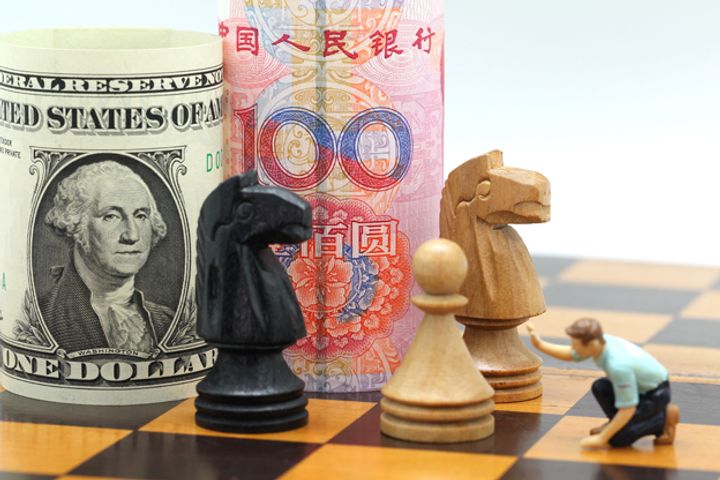 Chinese Yuan Moves Closer to International Currency Status, Says Bank of China Report
Chinese Yuan Moves Closer to International Currency Status, Says Bank of China Report(Yicai Global) Feb. 1 -- The overall stability of cross-border capital flows provides favorable background for the steady progress of the internationalization of the yuan and the overseas market expectations for the yuan gaining an international currency status have risen, a recent survey revealed.
"The overseas market expectation for the yuan's international currency status has risen, and more than 60 percent of the market participants will use or increase the use of the yuan mainly in cross-border payments", said the 2017 White Paper by Bank of China on the internationalization of the Chinese currency.
Among them, 76 percent of the market participants surveyed believe that the international status of the yuan will hopefully be close to those of the dollar, the euro, the pound and the yen. Bank of China surveyed 3,134 businesses and 118 financial institutions in 25 countries and regions worldwide.
The international status of the yuan is still far below the volume proportion of the Chinese economy in the global economy. China's GDP accounts for more than 15 percent of the global GDP, and its import/export and net international investment positions also account for more than 11 percent of the global total. The internationalization of the yuan has great potential, said Zhang Qingsong, vice president of Bank of China.
Last year, the yuan was the world's sixth largest payment currency, the seventh largest reserve currency and the eighth largest currency for foreign exchange transactions. Its international currency status is expected to further improve this year, survey results suggested.
The accumulated deficit of foreign exchange settlement and sales of the banks substantially reduced to USD111.6 billion in China last year, and then turned into surplus in the fourth quarter. The balance of foreign exchange reserves rose for 11 consecutive months and now stands at USD3.14 trillion. The forward deficit in foreign exchange settlement and sales, representing the expected exchange rate of the yuan, dropped by 69 percent over last year, indicating a more stable yuan exchange rate.
The internationalization of the yuan should be mainly aimed at managing risks and improving services. The primary purpose of some 46 percent of the overseas financial institutions participated in the yuan financial market is to match assets and liabilities and to manage risks in interest rates and exchange rates, while the other 42 percent aims to enrich their products to better meet the requirements of enterprises, the White Paper said.